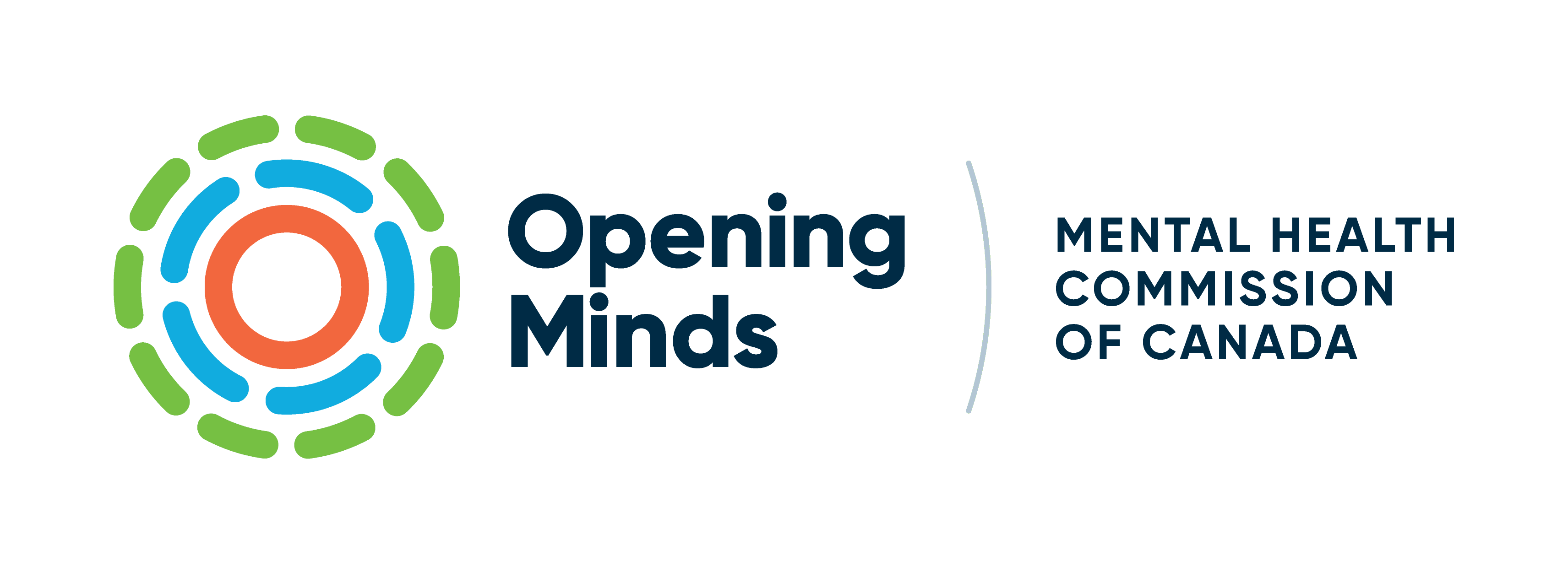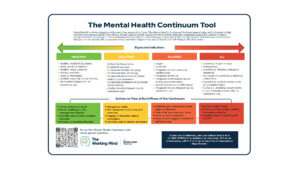Resilience is the skill of bouncing back after a hard day, a tight deadline, or even a major crisis. It is not a personality trait you are born with—it is something people can learn.
What “resilience” means and why it matters
When employees know how to stay calm and solve problems under pressure, companies see fewer sick days and more steady performance. A Canadian review by Deloitte found that firms running mental-health and resilience programs gained about CA $1.60–$2.20 for every dollar spent after three years, thanks to lower absenteeism and turnover.
How resilience training works
Resilience training teaches easy-to-use tools, such as:
- Breathing and mindfulness to slow racing thoughts.
- Cognitive reframing to replace “I can’t handle this” with “I’ve handled tough days before.”
- Problem-solving steps to break big worries into small actions.
- Peer support so no one feels alone.
A 2024 randomized study with intensive-care nurses tested a micro-learning phone app that delivered short lessons and reminders. Nurses who used the app reported less stress and anxiety than those who did not get the training.
Another 2025 follow-up study looked three months after a workshop and found that resilience scores kept rising over time—proof that new habits can stick when people practise them.
A simple four-stage workshop plan
Below is a plain-language road map any team can adapt.
| Type of Training | What happens |
| Reactive Training. Mental Health First Aid | Provides the skills needed to recognize mental health distress and deliver immediate aid until professional help arrives. |
| Proactive Training. The Working Mind | Evidence-based training developed to initiate a shift in how you think, act, and feel about mental health. Provides practical knowledge and skills to reduce stigma in the workplace. |
| Systemic Change. Psychological Health and Safety | An innovative, tailored program offering three training streams and a foundational assessment, providing workplaces with crucial skills, insights and evidence-based recommendations to advance their mental health journey and goals. |
Timing tip. Many firms start with a half-day manager session, then run 2-hour staff workshops, followed by five-minute phone nudges each week for two months. Virtual and in-person formats both work—the nurse study above showed digital delivery can be just as strong as classroom learning.
Five steps to shift culture, not just skills
- Leaders go first. When senior staff share their own stress stories, talking about mental health becomes normal.
- Line up policies. Update HR guides, performance reviews, and onboarding checklists to include resilience language.
- Measure what matters. Track sick days, turnover, and short pulse-surveys on psychological safety every six months.
- Keep learning short and often. Micro-lessons—one tip per day—fit busy schedules and reinforce habits.
- Connect to supports. Point staff to Employee Assistance Programs, trained Mental Health First Aiders, and self-check tools. The MHCC offers all of these through Mental Health First Aid, The Working Mind, and its National Standard resources.
What’s in it for your business?
- Lower costs. Fewer absences, less turnover, fewer overtime payouts.
- Higher engagement. People who cope well with stress bring more energy to customers and projects.
- Better reputation. Investors and job-seekers increasingly look at how firms handle workplace mental health.
- Future-proof teams. Resilient staff adapt faster to change—whether that’s a new technology, a market shock, or a global event.
Make the first move today
Resilience training is not a “nice-to-have.” It is a smart, evidence-backed way to boost workplace mental health and everyday stress management—while protecting your bottom line.
Start small:
- Pick one team.
- Run a half-day workshop.
- Send weekly boosters for two months.
- Measure the results.
Then build out from there, using the Mental Health Commission of Canada’s programs—Mental Health First Aid, The Working Mind, and the National Standard on Psychological Health and Safety—as your toolkit.
When people learn to bend without breaking, your whole organization stands stronger.


